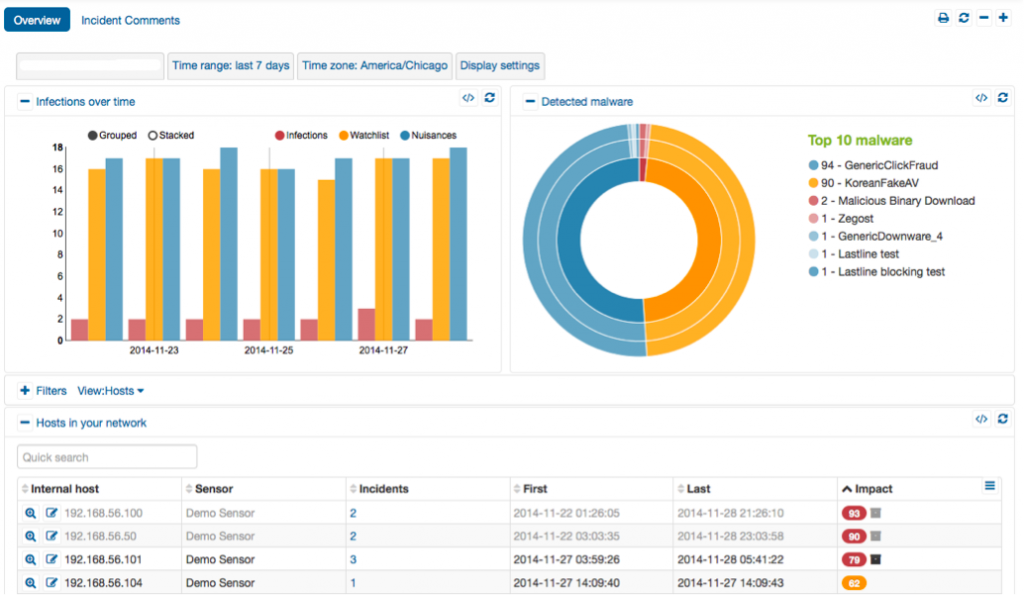DataCore’s comprehensive storage services stack has long been known for harnessing ultra-fast processors and RAM caches in x86 servers, for superior performance and enterprise-class availability. It now comes in a compact, hyper-converged package that is ideal for transactional databases and mixed workloads. DataCore Virtual SAN software is available for a free 30-day trial. It runs on any hypervisor and your choice of standard servers.
We tested DataCore Virtual SAN in May 2015.
Pricing: DataCore-authorized solution providers offer software packages starting under $10,000 for a two-node, high-availability cluster, including annual 24×7 support.
Requirements: Windows Server 2012 R2
For information on DataCore’s SANsymphony-V Software-defined Storage Platform, check out our other video here.
And for a copy of our white paper on hyper-converged storage, download our paper here.


